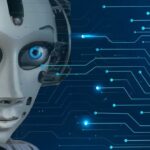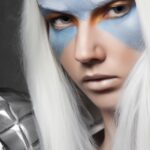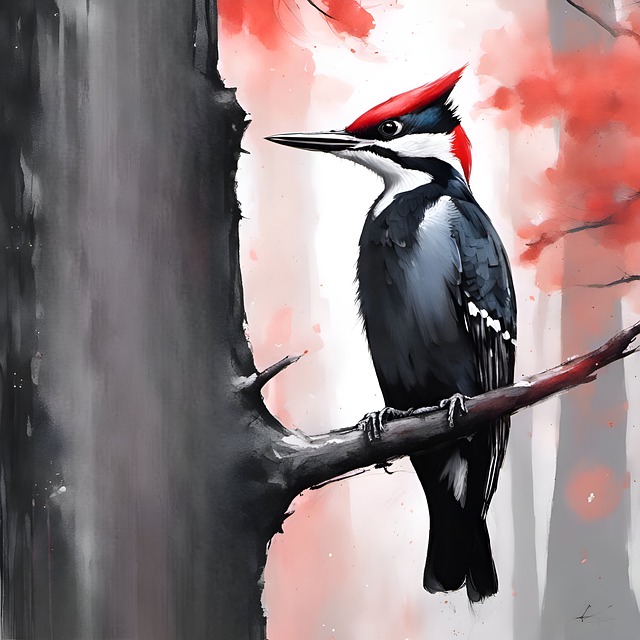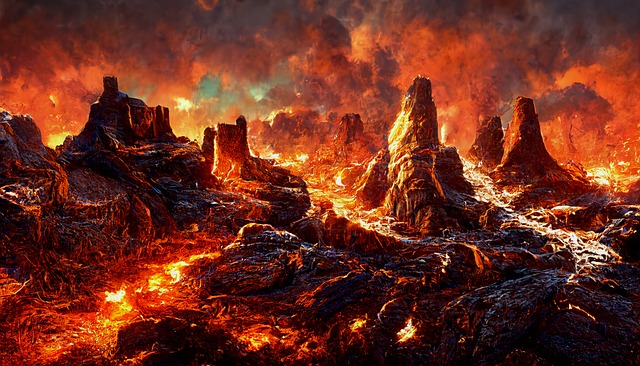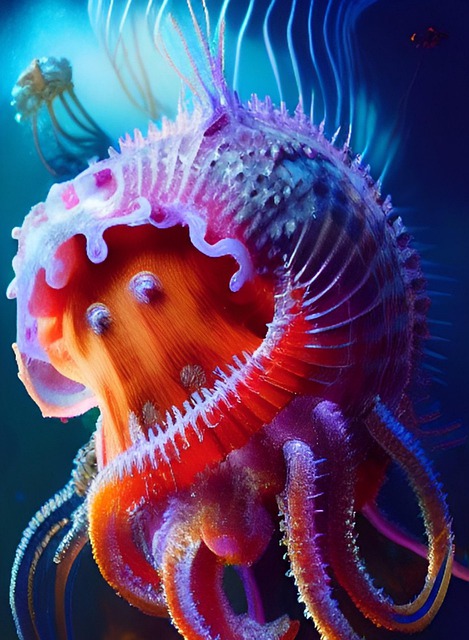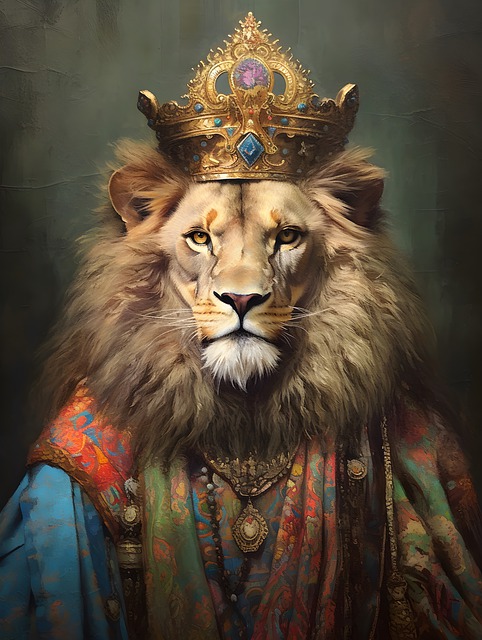Section 1: The Rise of AI in the Creative Industry
In recent years, there has been a significant shift in the way we approach creativity and innovation. With the emergence of Artificial Intelligence (AI), the boundaries of what is possible in the creative industry have expanded exponentially. AI, once thought of as a tool for automation and efficiency, is now being embraced as a powerful tool for enhancing creativity and taking it to the next level. From music and art to advertising and design, AI is revolutionizing the way we think about and create. In this article, we will delve into the world of AI and explore how it is transforming the creative landscape.
Section 2: The Power of AI in Enhancing Creativity
One of the most exciting aspects of AI is its ability to enhance human creativity. By analyzing vast amounts of data and identifying patterns and trends, AI can provide valuable insights and inspiration for creative projects. For example, in the music industry, AI can analyze millions of songs and create new compositions based on the identified patterns. This not only speeds up the creative process but also opens up new possibilities for unique and innovative music. Similarly, in the world of advertising, AI can analyze consumer behavior and preferences to create targeted and personalized campaigns that resonate with the audience. This not only increases the effectiveness of advertising but also allows for more creative and impactful campaigns.
Another way AI is enhancing creativity is through its ability to generate ideas and solutions that humans may not have thought of. By using algorithms and machine learning, AI can come up with ideas that are outside of the traditional human thought process. This can be especially useful in fields such as design and art, where new and innovative ideas are highly valued. With AI, designers and artists can push the boundaries of their creativity and create truly unique and groundbreaking pieces.
Section 3: Collaborating with AI: The Future of Creativity
While there may be some concerns about AI replacing human creativity, the reality is that AI is most effective when it works hand in hand with human creativity. The future of creativity lies in collaboration between humans and AI, where each complements the other’s strengths. For example, in the film industry, AI can be used to create stunning visual effects and animations, while human actors bring emotion and depth to the characters. This collaboration can result in breathtaking films that would not have been possible without the use of AI.
In the world of design, AI can assist designers by generating multiple iterations of a design, allowing them to choose the best one and save time. This not only speeds up the design process but also allows designers to focus on the more creative aspects of their work. Similarly, in the world of fashion, AI can analyze fashion trends and consumer preferences to assist designers in creating collections that are both trendy and unique. This collaboration between human creativity and AI not only leads to better and more innovative results but also frees up time for creatives to focus on the more complex and challenging aspects of their work.
Section 4: The Ethical Implications of AI in Creativity
While the potential of AI in enhancing creativity is undeniable, it is essential to consider the ethical implications of its use. As AI continues to advance, there are concerns about its potential to replace human jobs in the creative industry. This raises questions about the future of employment and the need for retraining and upskilling in the face of AI. Additionally, there are concerns about the biases that may exist in AI algorithms, which could lead to discriminatory or offensive content being produced. It is crucial for creatives and AI developers to work together to ensure that ethical standards are upheld in the use of AI in the creative industry.
Conclusion:
In conclusion, AI is transforming the creative industry in ways that were once unimaginable. Its ability to enhance human creativity and generate new ideas is revolutionizing the way we think about and create. The future of creativity lies in collaboration between humans and AI, where each brings their unique strengths to the table. However, it is essential to consider the ethical implications of AI and work towards a responsible and ethical use of this powerful tool. Embracing AI in the creative industry is not about replacing human creativity but rather about taking it to the next level and exploring new frontiers. As we continue to embrace and integrate AI into our creative processes, the possibilities for innovation and creativity are endless.




